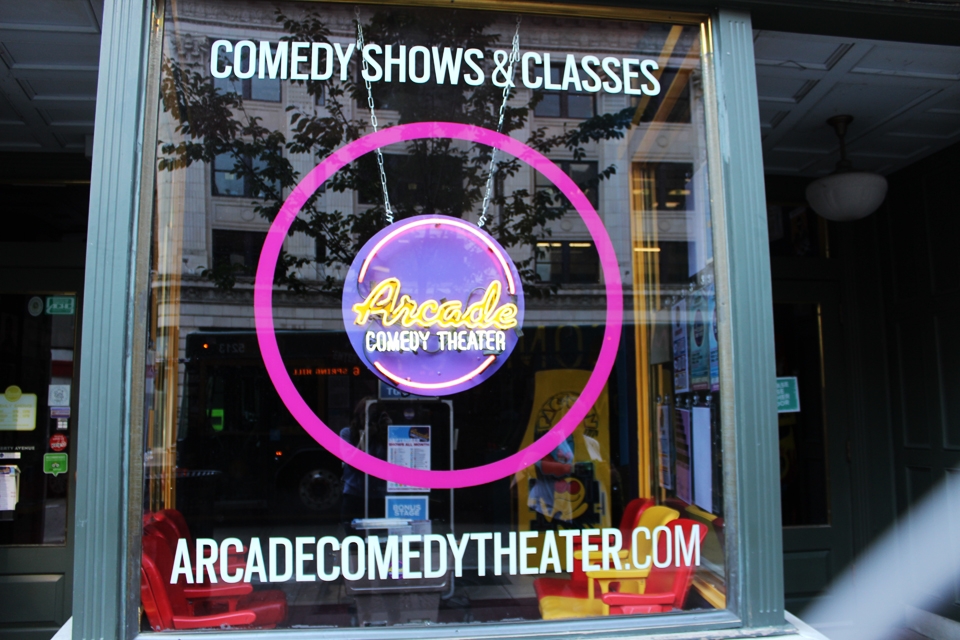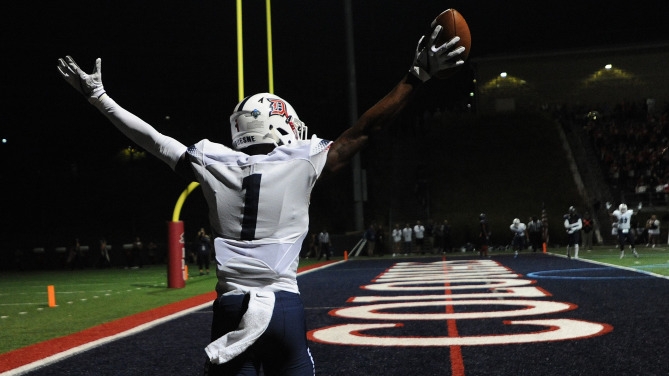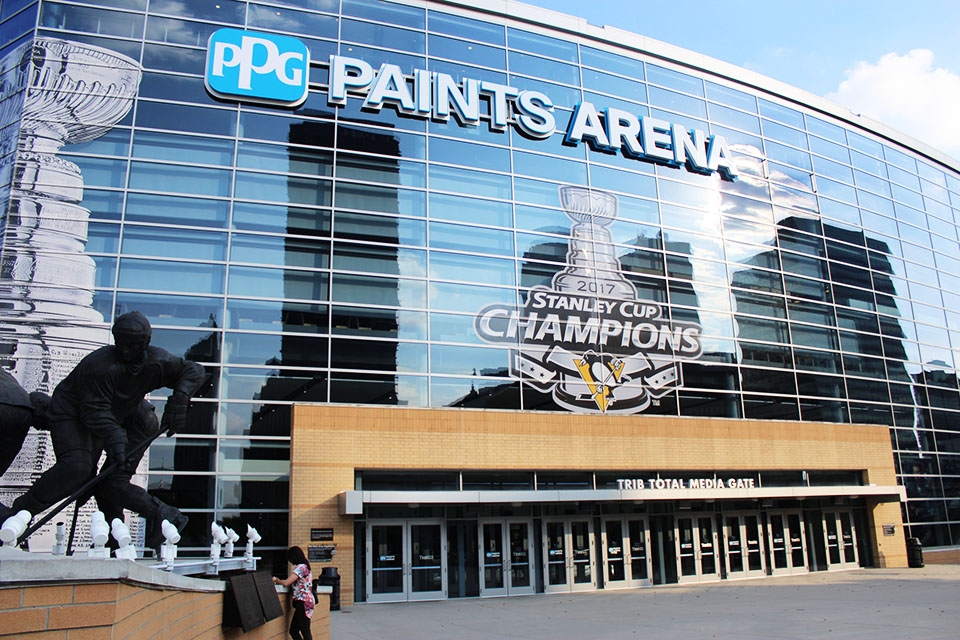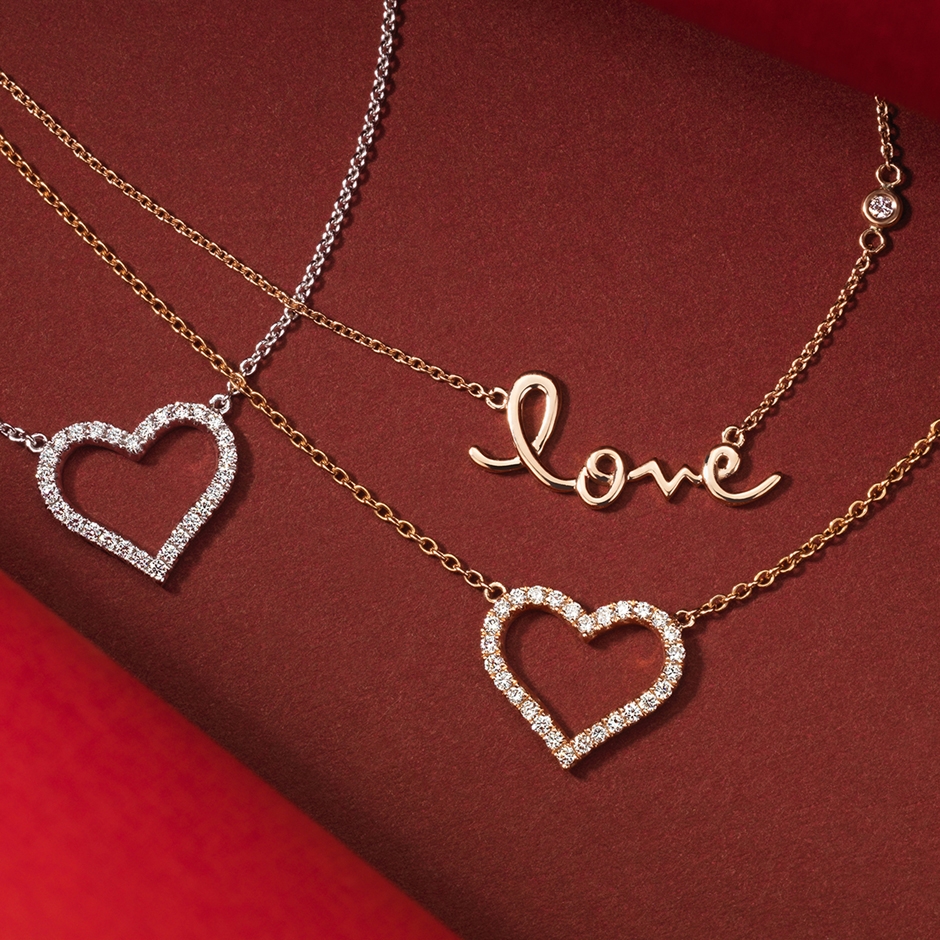
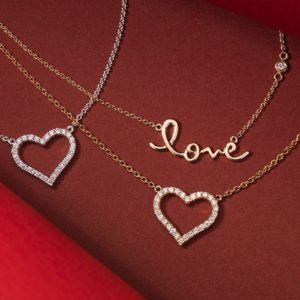
Jewelry is always a big seller on Valentine’s Day, but even the shiny stuff is predicted to take a dip in sales this season. Perhaps that’s a good thing.
By Kaye Burnet | Editor-in-Chief
The first months of 2017, filled with political turmoil and fear for many Americans, have not been a great start to a new year. So far, the world seems to be a tough place for more than a few people in 2017. But is there actually less love in the air today than there was exactly one year ago? Well, if you look at how much Americans are spending on Valentine’s Day gifts and accoutrements, the answer is, unfortunately, yes.
The National Retail Association, a trade group of retailers that tracks consumer data, has announced that Americans are projected to spend $18.2 billion on Valentine’s Day, down from a record-breaking $19.7 billion last year. While money spent on heart-shaped chocolate boxes and hotel reservations is a poor proxy for actual love and kindness, the decline in spending does not bode well for the U.S. economy. But it’s no reason to panic, either.
According to the Bureau of Labor Statistics, the U.S. Gross Domestic Product (GDP), a measure of the total value of goods and services provided in a country, is primarily driven by consumer spending. Consumer spending is also responsible for 60 percent of job growth in the U.S. The latest GDP report shows that, since the dollar is strong compared to other currencies right now, manufacturers who usually export goods from the United States are suffering. This means Americans would have to spend more to maintain GDP growth of two to three percent. Right now, it hovers around 1.9 percent.
While economists and retailers would prefer to see more spending for Valentine’s Day, $18.2 billion is still an enormous amount of money for a country to spend on stuffed bears and diamond jewelry. That’s about $136 per consumer.
Some of that money is spent on the 10 to 14 million pounds of chalky Sweethearts that Necco produces every year, which are somehow being sold despite the fact that it’s unclear if anyone actually likes to eat them. There will also be around 60 million pounds of chocolate purchased during Valentine’s Day week to accompany 174,000 gallons of sparkling wine, according to the History Channel.
Part of the decline in Valentine’s purchases can be attributed to America’s aging population. Valentine’s Day spending mostly comes from young people. Around 67 percent of adults 25 to 34 years old celebrate Valentine’s Day, compared to only 54 percent of the general population. As long as Americans continue to have fewer children, we can expect Valentine’s Day spending to keep dropping.
However, if I may editorialize for a moment, I think there are better things young Americans can spend their money on other than nasty chalk hearts, Hallmark cards and expensive meals in fancy restaurants. If you really want to impress your significant other, find a memorable experience that the two of you can share. Take a weekend trip together, go skydiving, try an escape room or practice your downhill skiing. Shared memories are much more fun than diamond bracelets, and they can’t get lost or stolen.


